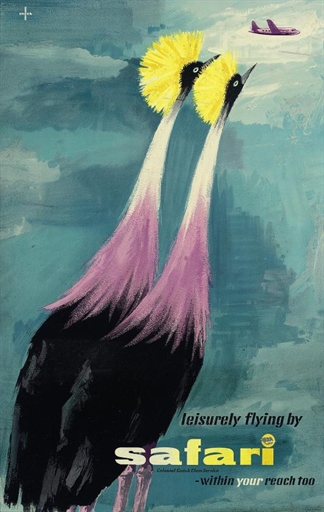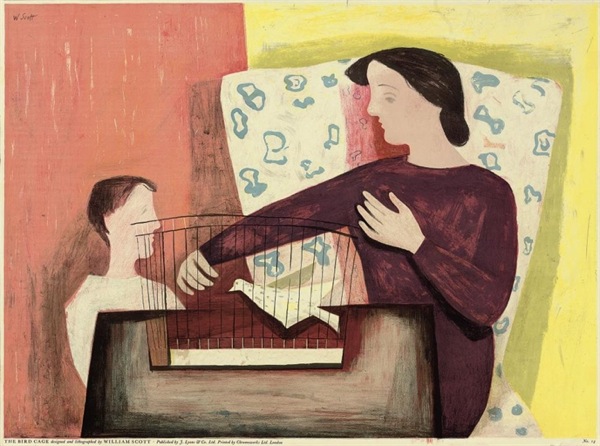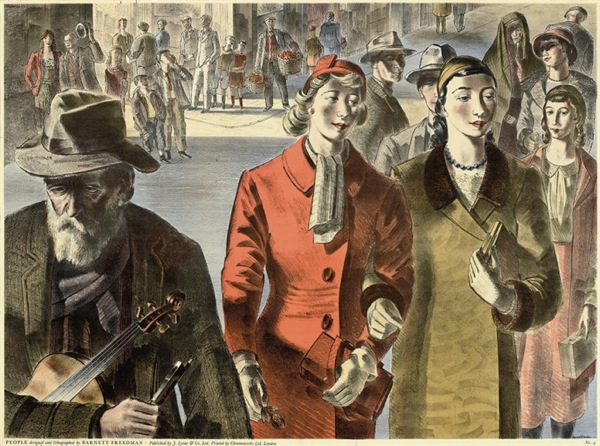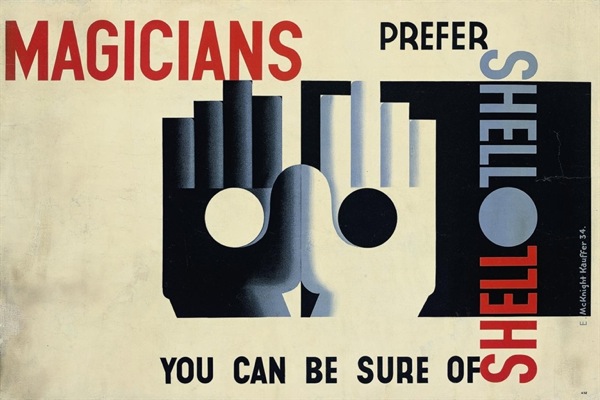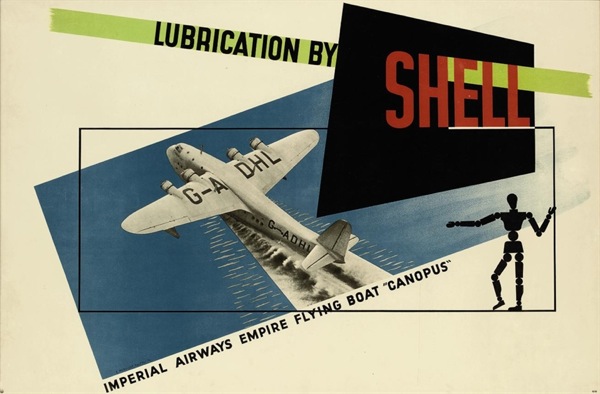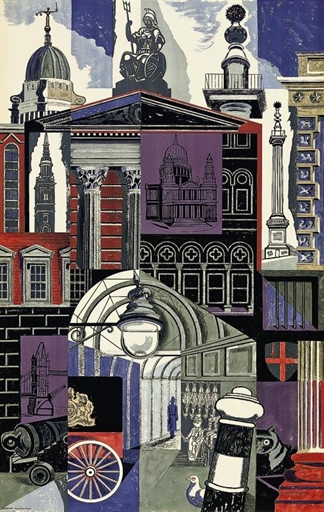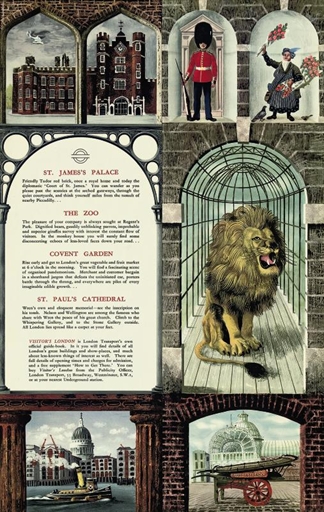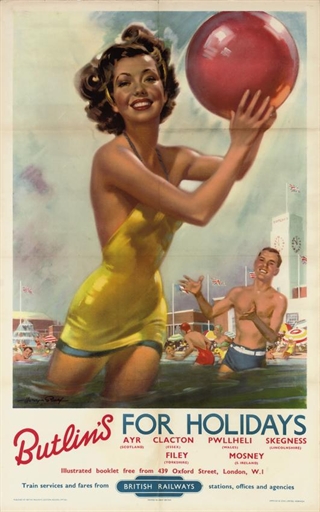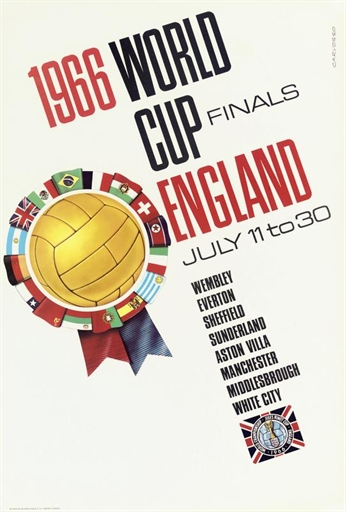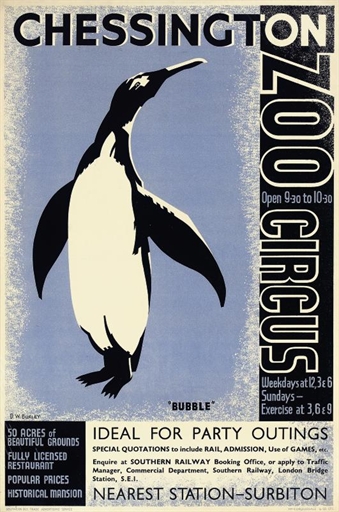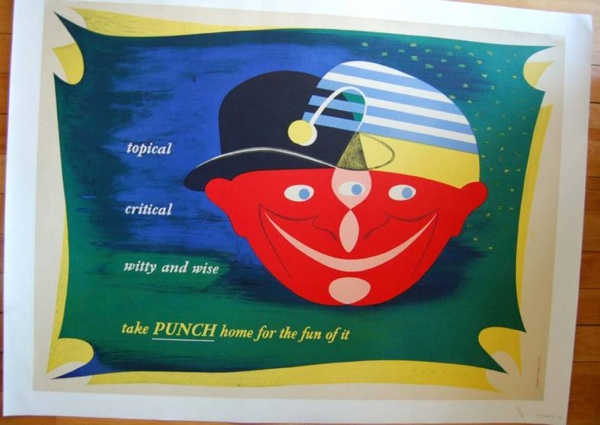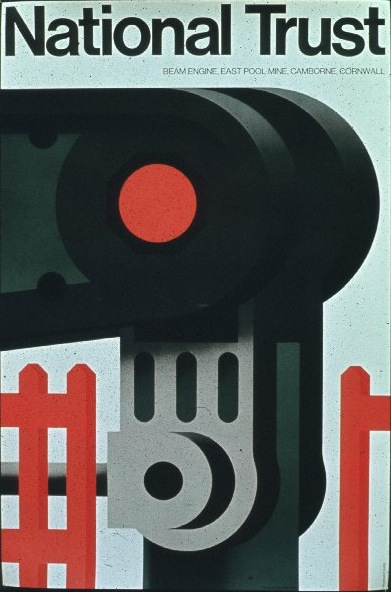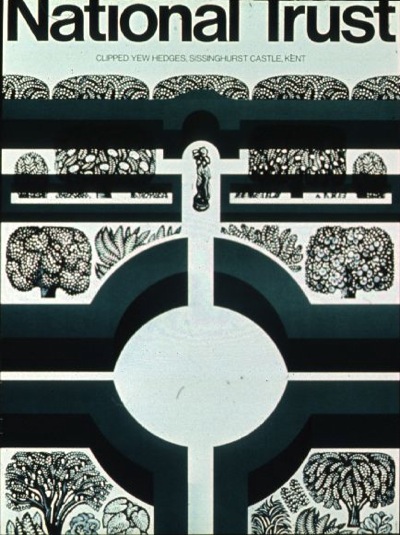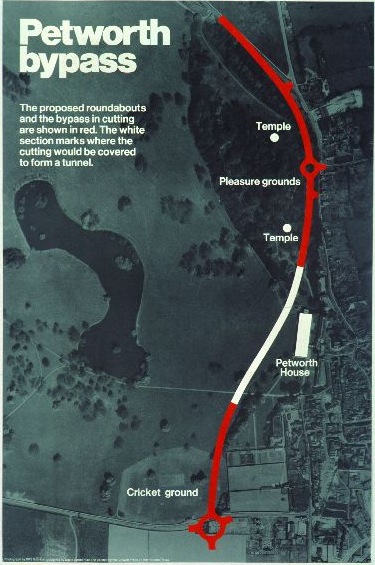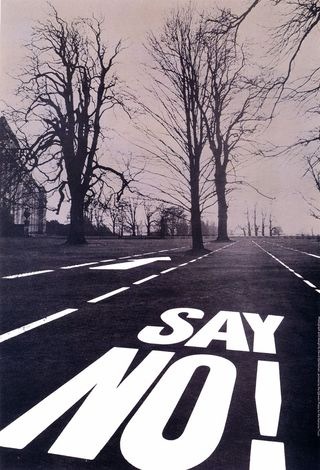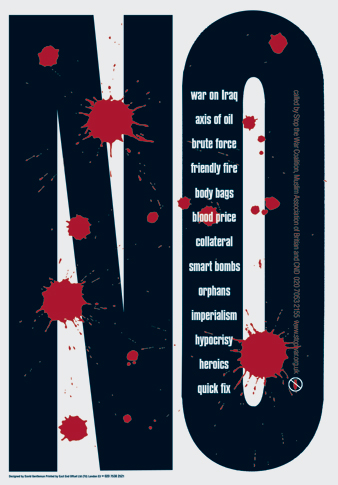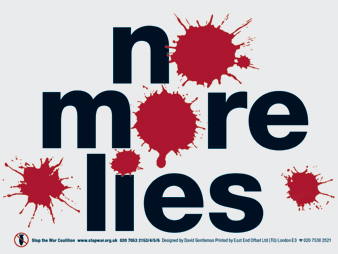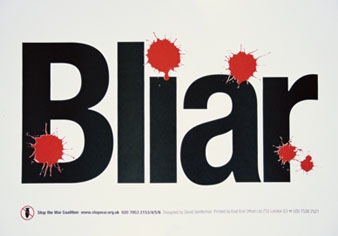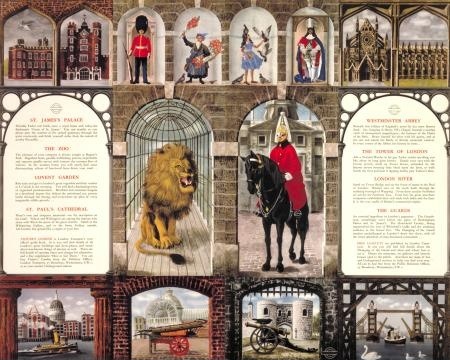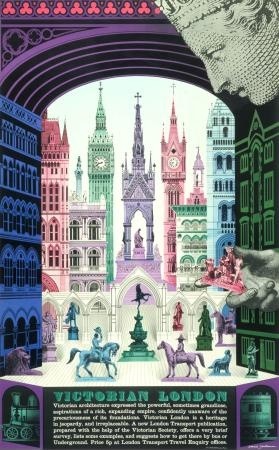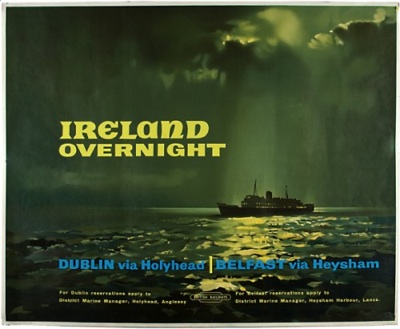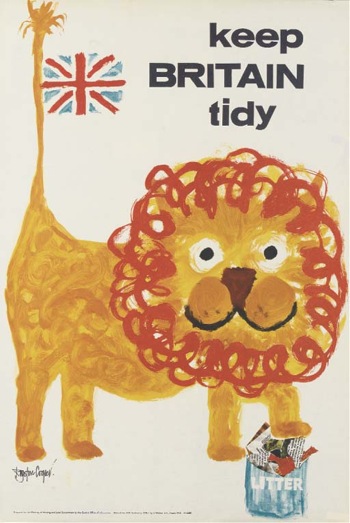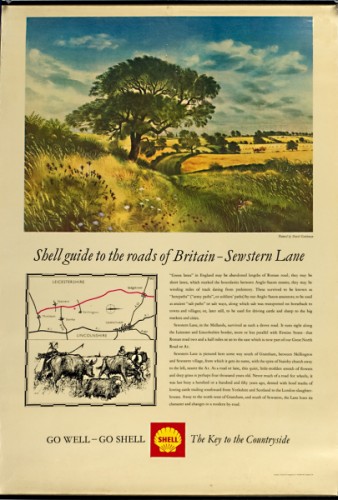Posters, posters everywhere, but not a lot to buy
Well, it’s here. For the first time under the new rules (which are, as ranted about previously, a minimum lot value of £800) it’s the Christies May vintage poster auction. And, unsurprisingly, it’s not for me any more.
There are lots of cruise posters, some French posters, a fair smattering of Olympic posters, and lots more besides, but very little that I’d actually want to buy.
Perhaps the most interesting one for me is this Hans Unger Safari poster, mainly because I’ve never seen it before
This may also be true for Christies, because they don’t seem to have a date or a publisher for it. Anyone out there with any ideas?
There are also five lots of Lyons teashop prints, which you don’t often see, although I’m not sure whether this is because they don’t often come up, or because they more often make their appearances at Modern British Art sales. This 1947 one by William Scott is probably my favourite,
with Barnett Freedman a close second.
It’s worth noting that not even Barnett Freedman can make himself worth the minimum lot value, and for the estimate of £800-1,200 you get two Freedman prints for your teashop.
A few of the usual suspects are present, like these pair of McKnight Kauffers (estimates £1,000-£1,500 and £2,000-£3,000 respectively)
There is also this Bawden City of London Transport poster (estimate £700-£900)
Interestingly, this comes with six other London Transport posters when I would have thought that it would hold that value perfectly well by itself. I’d also be curious to know whether one of them is its pair poster, as this half is coming up more and more, but you never see the text side for sale. Perhaps I’d better ask Christies.
Further to yesterday’s post, there is also a David Gentleman pair poster,
For your £700-900, you also get its other half and two posters by the very under-rated Sheila Robinson, so a good helping of Englishness to be had there.
From the other side of the Channel, design-wise, this has also appeared.
I wonder if it was lured out by the Antiques Roadshow coverage. The estimate (£3,000-£5,000) is pretty much what they gave, so it will be interesting to see how that does.
In other news, the lot value restrictions haven’t entirely kept out the kitch as this
has an estimate of £600-800 despite being a bit grubby. I’ll be surprised.
And this Carvosso will probably go for at least its £800-£1,200 estimate for its curiosity/ephemera value.
While I admire its attempt to inject glamour into the roll-call of Manchester, Middlesborough, White City, I still don’t like it very much.
This, meanwhile, is just delightful.
It’s by D W Burley but also isn’t dated. But it’s still not £600-£800 worth of nice to me. So I shan’t be bidding.
This post is already far too long, but it’s also my duty to point out, as a grumpy under-bidder, that this Henrion went off on eBay yesterday for a mere £139.
One thing I really miss is knowing who has bought things. In the good old days of eBay, most of the time you’d be able to see who’d beaten you to a poster like this. But now – unless you’re selling it yourself – everyone has a cloak of invisibility which no computer wizardry can pull aside. And with Onslow’s now online rather than in the eccentric Festival-modern hall at Marble Arch, I can’t even go there and see for myself wh0’s won things. There’s no reason why I should know of course, but it’s still annoying.
